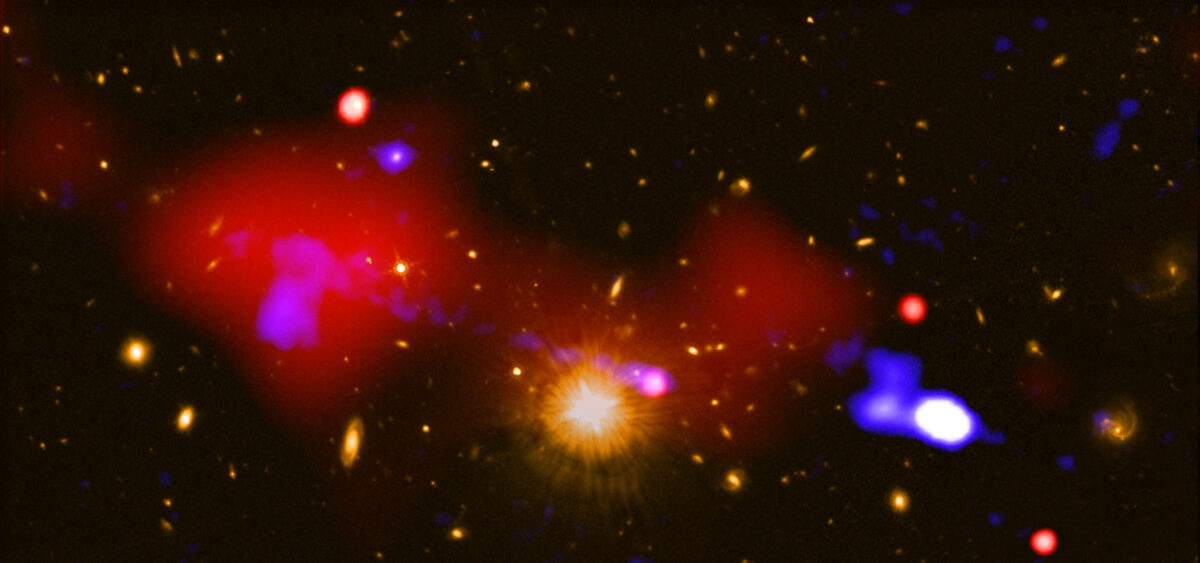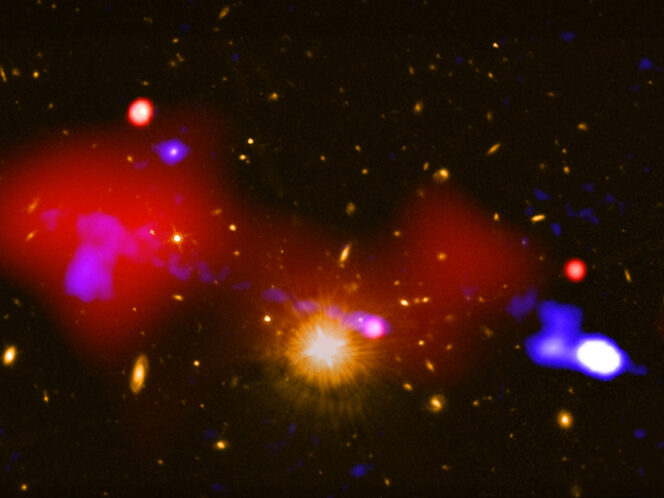
Stars have their own life cycle: they are born, change, and die, often bringing to life another star. And on it goes . . .
Although this text is devoted to the evolution of stars, the first explanation is not related to astronomy but to semantics. This is necessary because the concept of evolution means something different than in the context of Darwin’s theory. Biological evolution refers to changes occurring within a certain species over the course of thousands and millions of generations. The evolution of stars is different because it refers to the life cycle of a single star—from birth until death. Stars have no DNA and are not regulated by the fundamental principle of the animate world, namely that “like generates like.” They do not inherit, fight for existence, or partake in the survival of the fittest. The evolution of stars is a term that has been accepted in astrophysics, but it would probably be more accurate to employ the more poetic term “life of stars,” or, to borrow straight from Ovid, “metamorphoses of stars.”
There is a second introductory remark that needs to be made. How do we even know how it all works if the lifespan of stars so greatly exceeds the temporal scope of our studies? We do not observe the evolution of stars directly, not to mention the fact that








